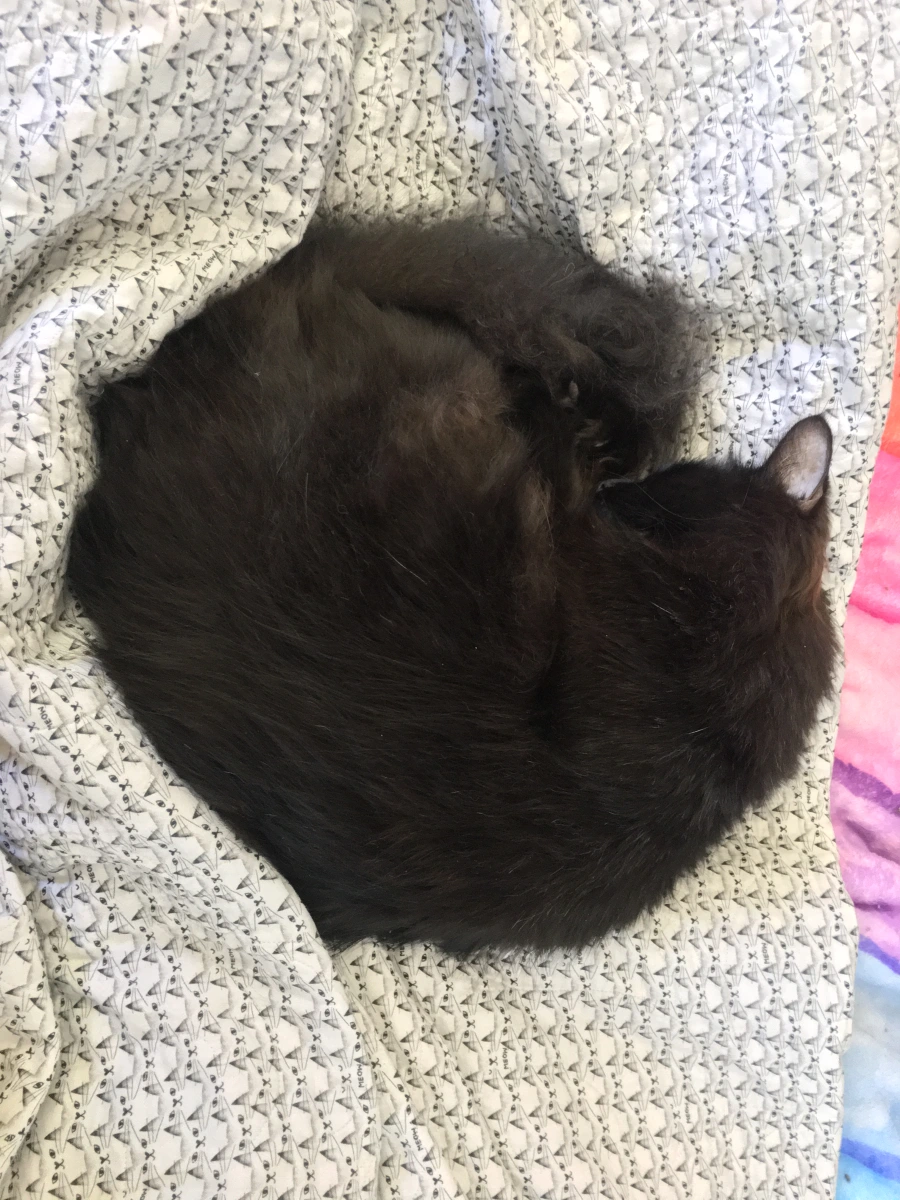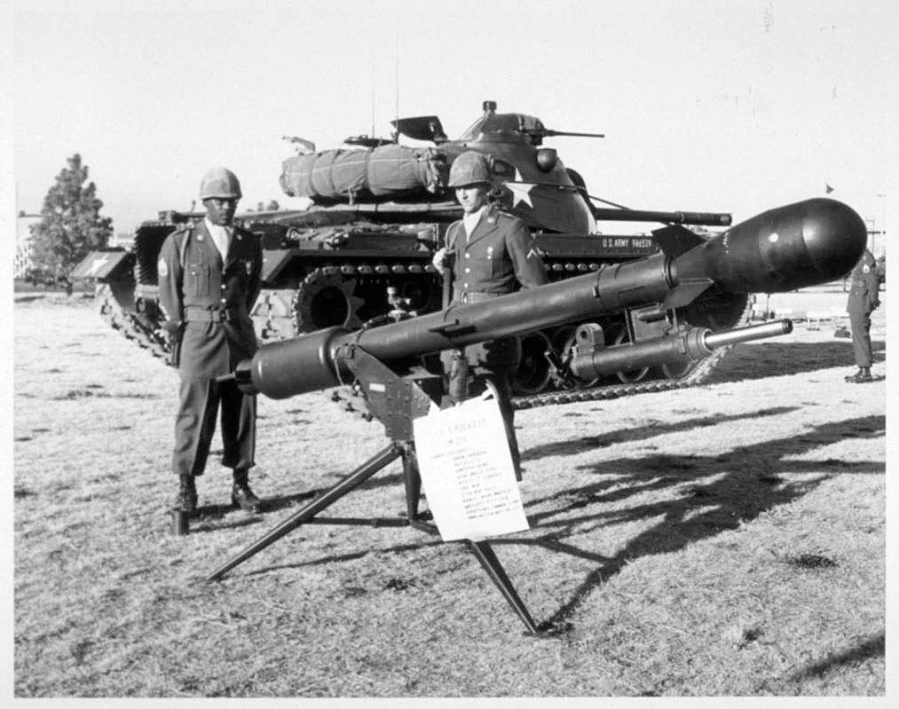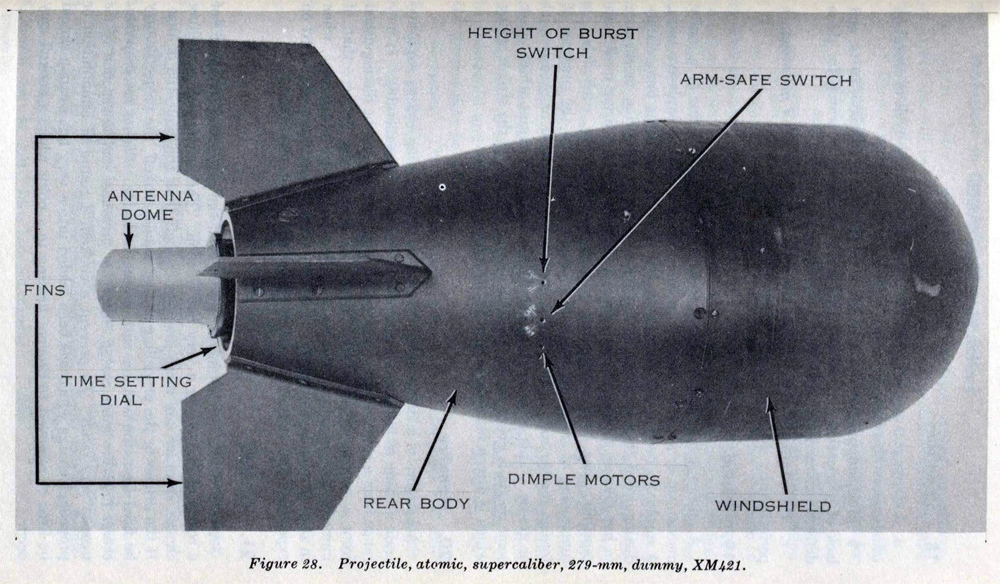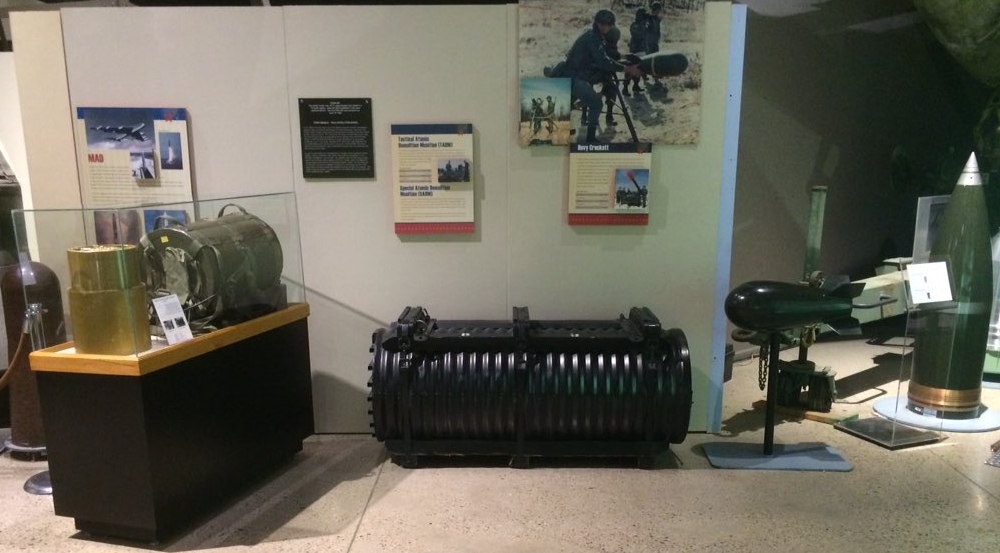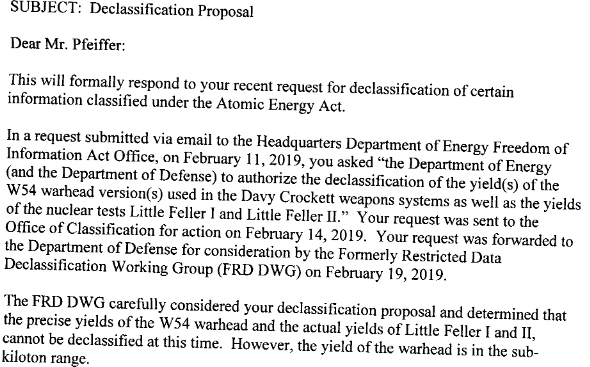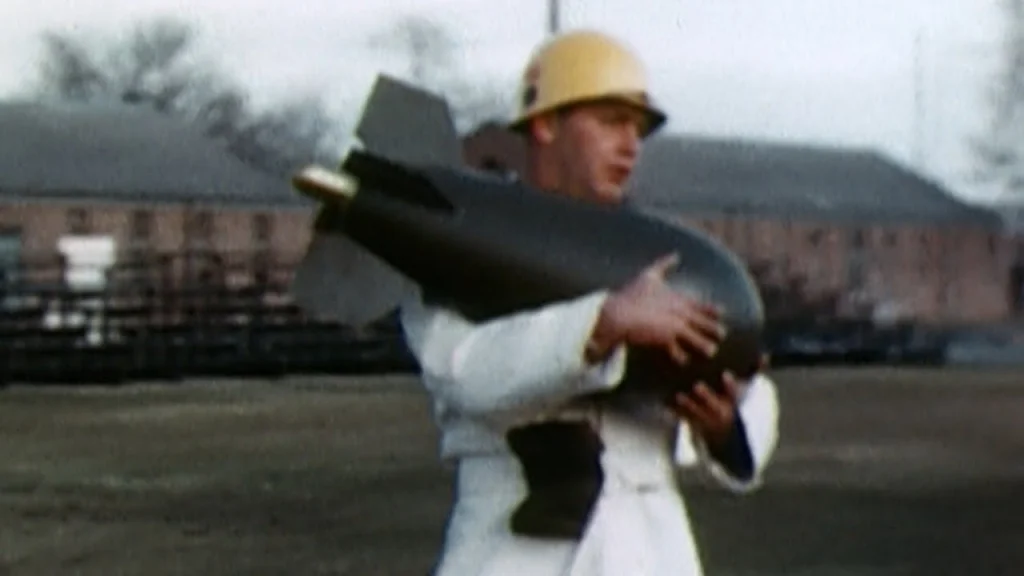You can enable my work:
patreon.com/nuclearanthro
paypal.me/nuclearanthro
Note: edited to update links to include a link to the Los Alamos PER which was released to me by NNSA on 29 February 2024.
Bottom Lines Up Front:
The National Nuclear Security Administration (NNSA) released to me—via a Freedom of Information Act request that I filed—the Performance Evaluation Reports for most of the Management & Operations (M&O) contractors in the USA nuclear weapon complex (Los Alamos is still processing). I briefly contextualize the released records and provide links for access. The chart below offers a summary of the grades given, and monetary amounts involved, for 5 contractors managing 6 nuclear weapon complex sites (Consolidated Nuclear Security manages both Y-12 and Pantex). As (if) you read the Performance Evaluation Reports, you may notice (and you’re far from the only one if so) that they have some glaring issues (vagueness, lack of consistency across sites, arbitrariness, and others).
Fig. 1 Evaluation Grades and Award Fees to NNSA M&O Contractors
| Site | Overall Grade | Award Amounta (millions) | Contractor |
| Lawrence Livermore | Excellent (94%) | 45.6 | Lawrence Livermore National Security |
| Los Alamosb | Very Good (89%) | 24.4 | Triad National Security |
| Nevada National Security Site | Very Good (89%) | 28.2 | Mission Support & Test Services |
| Pantex & Y-12 | Very Good (90%) | 95.9 | Consolidated Nuclear Security |
| Sandia | Excellent (91%) | 8.7 | National Technology & Engineering Solutions of Sandia |
binformation for Los Alamos in this chart comes from the Performance Evaluation Summary which NNSA posts to its public webpage.
The Records
Brief (very brief) contextualization:
Performance Evaluation Reports are a (relatively) extended justification of the reasons for awarding a certain amount to money to a contractor for carrying out agreed upon work. They are relatively extended (and that much more informative about a range of USA government activities) compared to the Performance Evaluation Summaries that the National Nuclear Security Administration (NNSA) posts on its webpage. These documents are ostensibly the Fee Determining Official, in writing, evaluating contractor job performance against (usually vaguely defined) goals and expectations set forth in annual Performance Evaluation and Management Plans.
Partial Response Letter from NNSA: responds to my FOIA request; describes released documents; discusses redaction authorities and reasons:
https://osf.io/kvcqz
Final Response Letter from NNSA: sent along with the release of the Los Alamos Performance Evaluation Report (same purposes as above):
https://osf.io/ewcgk
Lawrence Livermore Contractor Performance Evaluation Report:
https://osf.io/3ve5k
Los Alamos Contractor Performance Evaluation Report:
https://osf.io/pvz3wNevada National Security Site Contractor Performance Evaluation Report:
https://osf.io/mkv5e
Pantex & Y-12 Contractor (same for both) Performance Evaluation Report:
https://osf.io/gvnz5
Sandia National Laboratories Contractor Performance Evaluation Report:
https://osf.io/xdz5v
PEMPs & PESs
NNSA also posts the Performance Evaluation Management Plan & Performance Evaluation Summaries for nuclear weapons complex contractors. You can access those at the following link: https://www.energy.gov/nnsa/articles/nnsa-releases-annual-performance-reviews-management-and-operations-contractors
You may note consistent topics across the documents with cost slippage, missed deadlines, conduct of operations, and missed component deliveries making multiple appearances. In addition, CNS managed to have an “egregious” (see the PES) criticality incident—the flooded a nuclear material sample vault while also not following other criticality safety procedures—and an “oopsie, kind of our fault” fire, and a variety of difficulties improving disciplined conduct of operations. In fact, the Defense Nuclear Facility Board Resident Inspector reports for Y-12 for FY2023 (the period covered by the evaluations) get rather snippy about the repeated criticality safety and conduct of operations problems.

